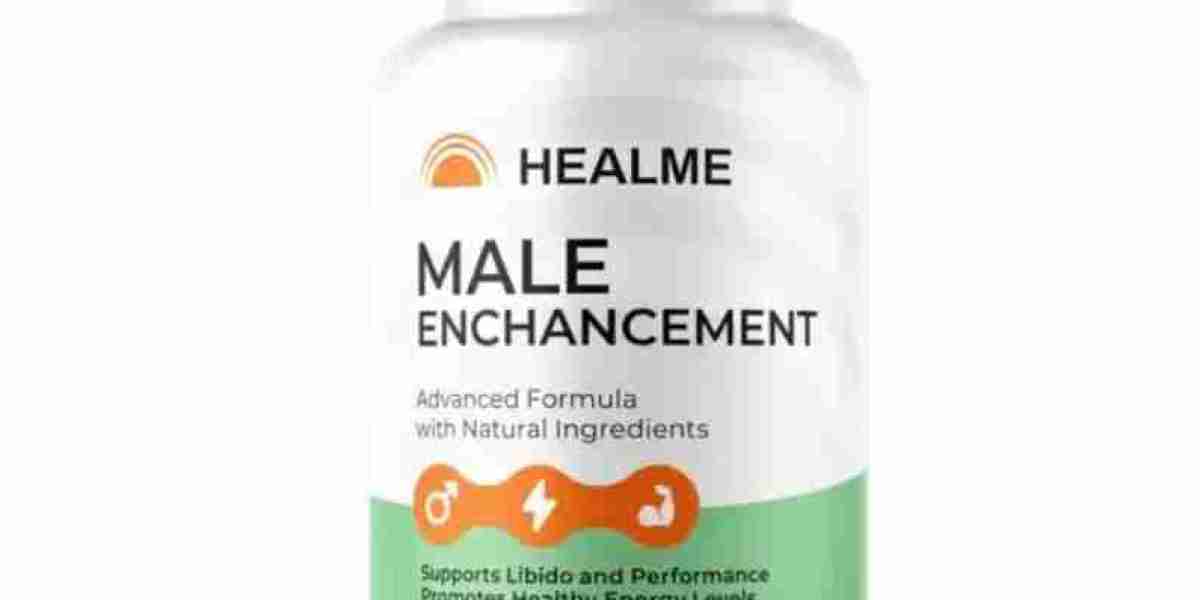What Is Sunbrella Fabric?
Sunbrella is a high-performance fabric brand known for its fade resistance, durability, and easy care. Originally developed in the 1960s to replace cotton canvas awnings, Sunbrella has evolved into a top-tier choice for both outdoor and indoor applications.
The key difference? It’s made with solution-dyed acrylic fibers. That means the color is added before the fiber is even formed—kind of like how a carrot is orange all the way through, not just on the surface. This process makes the fabric incredibly colorfast, even after years of sun exposure or repeated cleaning.
Today, Sunbrella is used in everything from:
- Outdoor furniture cushions
- Umbrellas and awnings
- Indoor upholstery
- Marine and RV fabrics
- Window treatments
- Pillows, slipcovers, and more
What Makes Sunbrella So Special?
☀️ Fade Resistance
Sunbrella’s biggest claim to fame is its UV resistance. Because the color goes all the way through the fiber, it doesn’t just sit on the surface. That means your bold red patio cushions or navy blue umbrella won’t fade to pink or gray after one summer.
This makes Sunbrella a favorite for:
- Outdoor lounges and patio sets
- Poolside furniture
- Boats and RVs
? Water and Mildew Resistance
Sunbrella fabric is engineered to repel water and resist mildew. That doesn’t mean it’s totally waterproof (some Sunbrella fabrics are water-resistant, others more breathable), but it dries quickly and doesn’t trap moisture—a major plus for humid climates or rainy weather.
? Stain Resistance and Easy Cleaning
Spilled wine? Muddy dog paws? Crayon marks? No problem. Most stains can be wiped away with mild soap and water. And for tougher messes, Sunbrella can handle bleach cleaning without damaging the fabric or the color. Yes, bleach!
That means it’s not just for outdoor spaces—Sunbrella is ideal for homes with kids, pets, or a knack for entertaining.
? Durability
Sunbrella is built to last. It resists tearing, fraying, and general wear and tear, making it a smart long-term investment—especially for high-traffic areas or furniture that lives outdoors year-round.
?️ Softness and Style
Performance fabric has come a long way. Unlike the stiff, scratchy outdoor fabrics of the past, modern Sunbrella fabrics are soft, breathable, and stylish. They come in a wide range of textures and patterns—from sleek solids to classic stripes and bold prints.
You’d never guess they’re built for battle against the elements.
Popular Uses for Sunbrella Fabric
Outdoor Furniture
Think cushions, sectionals, daybeds, chaise lounges, and poufs. Sunbrella stands up to UV rays, rain, and all the elements while still looking fresh season after season.
Indoor Upholstery
Sunbrella is gaining popularity indoors for sofas, chairs, and benches—especially in homes with pets or kids. You get the look and feel of designer fabric with the durability of something made for the outdoors.
Awnings and Shade Structures
Sunbrella started with awnings, and it’s still a top choice for retractable shades, canopies, and pergola covers. The UV-blocking capabilities also make it energy efficient by reducing heat and glare.
Boating and Marine Use
On boats, Sunbrella shines—literally and figuratively. It’s used for bimini tops, boat covers, marine cushions, and sail shades because it holds up to salt, water, and intense sun.
Is Sunbrella Eco-Friendly?
Yes! Sunbrella is committed to sustainability. The company recycles its fabric scraps and offers a “Recycle My Sunbrella” program for consumers to send in used fabric. Plus, their solution-dyeing process uses less water and energy compared to traditional fabric dyeing.
Many of their indoor upholstery lines are GREENGUARD Gold Certified, meaning they meet strict standards for indoor air quality—important for families and allergy sufferers.
How to Clean and Maintain Sunbrella Fabric
Sunbrella is designed to be low-maintenance, but here’s how to keep it looking its best:
- For regular cleaning: Brush off dirt and debris. Use mild soap and lukewarm water with a soft brush or cloth. Rinse thoroughly and air dry.
- For stubborn stains: Use a bleach solution (check manufacturer guidelines), especially for mold or mildew.
- Avoid machine drying: Let Sunbrella air dry to maintain shape and longevity.
Pro tip: Removable cushion covers can usually be machine washed on a gentle cycle—but always check the tag first.
Is Sunbrella Worth the Investment?
Sunbrella fabric typically costs more upfront than standard outdoor or indoor materials, but most users agree: it’s worth it. The durability, ease of cleaning, and fade resistance mean your furniture or cushions will look better for longer—saving you money in the long run.
Whether you're redesigning a backyard space or upgrading your indoor seating to be more family-friendly, Sunbrella is a go-to for style and strength.
Final Word: Performance Meets Practical Beauty
In a world where spills happen, the sun never quits, and life gets messy, Sunbrella fabric delivers. It blends the practicality of industrial-grade durability with the comfort and beauty you'd expect from high-end home design.
If you’re looking to invest in furniture that holds up—not just through the seasons, but through life—Sunbrella might just be the fabric you didn’t know you needed.
Because let’s be honest: real life isn’t always gentle on your stuff. But with Sunbrella, at least your fabric can keep up.














